Birds
The area was originally part of Taijiang Inland Sea, but it was gradually developed into salt-pans, fishing ponds and villages due to the siltation of the inland sea. Located on the migration route for water birds in Asia, tens of thousands of migratory birds would fly southward via the area or stay for the winter in salt-pans, fishing ponds and estuaries every fall and winter.
According to the Wild Bird Society of Tainan almost 200 species of bird have been recorded in the area, with 21 protected species including the black-faced spoonbill. Around 75% of the birds recorded in the park are migratory birds.The rare birds seen in the park include black winged stilt,Kentish plover,black-faced spoonbill, peregrine falcon,pied avocet,far eastern curlew,whimbrel,long-tailed shrike,brown shrike and Chinese goshawk.
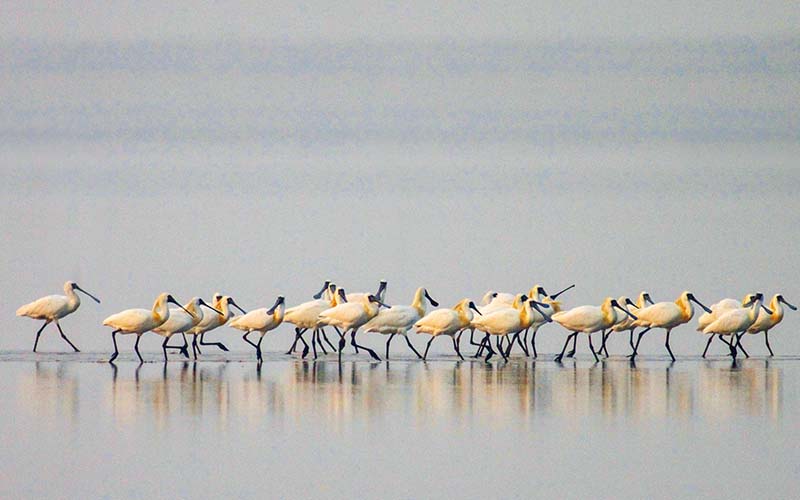
Black-faced Spoonbill
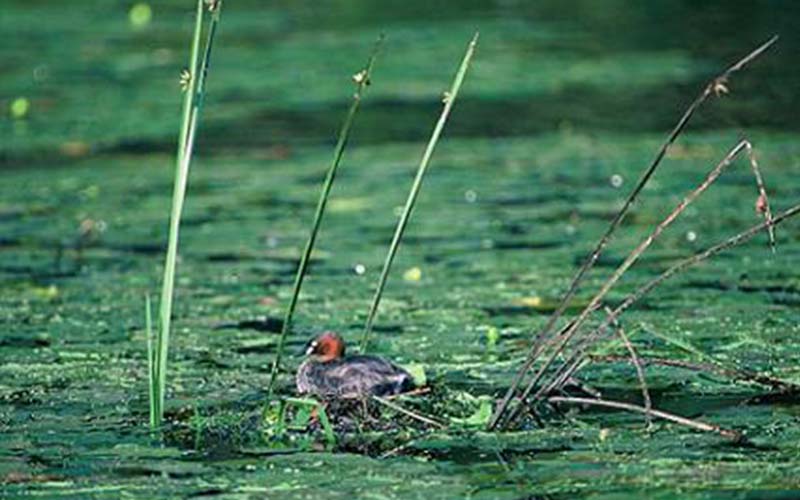
Little Grebe
Mammals
The area was developed early and the habitats have been subject to disturbance over a long time with the result that today the mammals found in the park are those common in low elevation areas in Taiwan, Japanese house bat, shrew and Taiwan bandicoot rat, for example.
Amphibians and reptiles
Five species of amphibian and five reptile species have been recorded in the park.Indian bullfrog,Gunther's frog,Stejnegers grass lizard,Russell’s viper and cobra are rare valuable species that have been recorded.
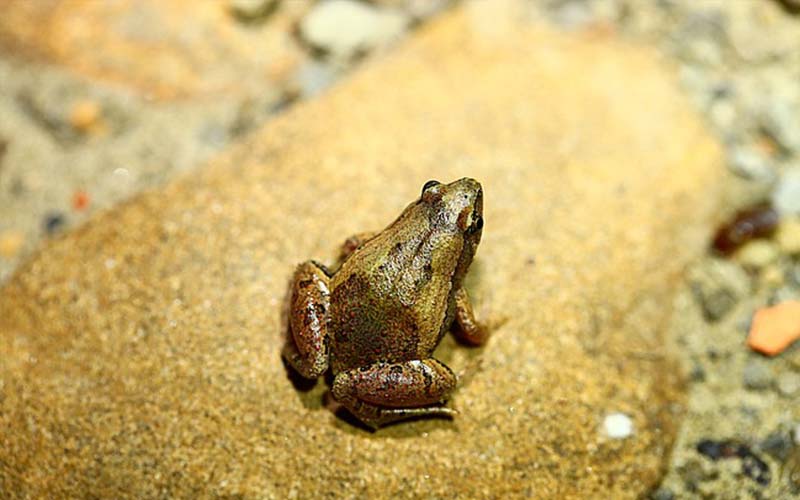
Microhyla fissipes
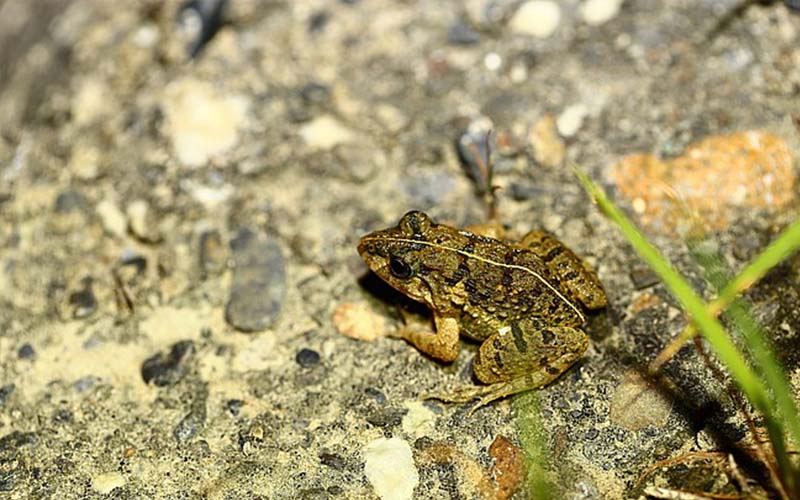
Fejervarya limnocharis
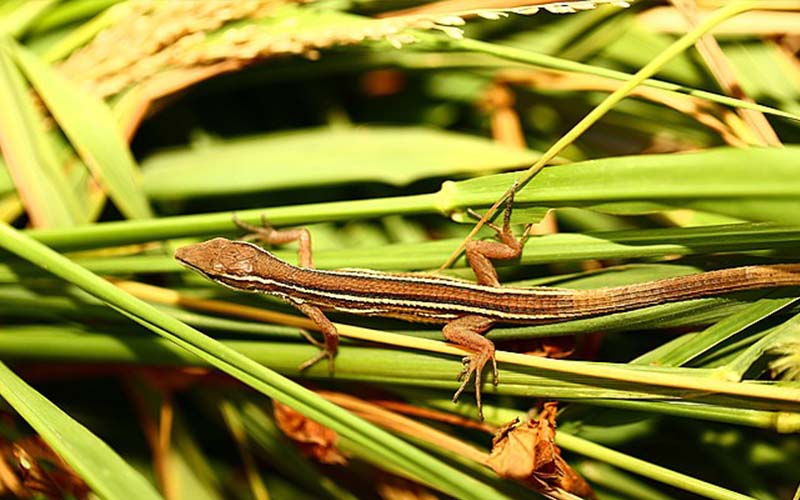
Takydromus stejnegeri
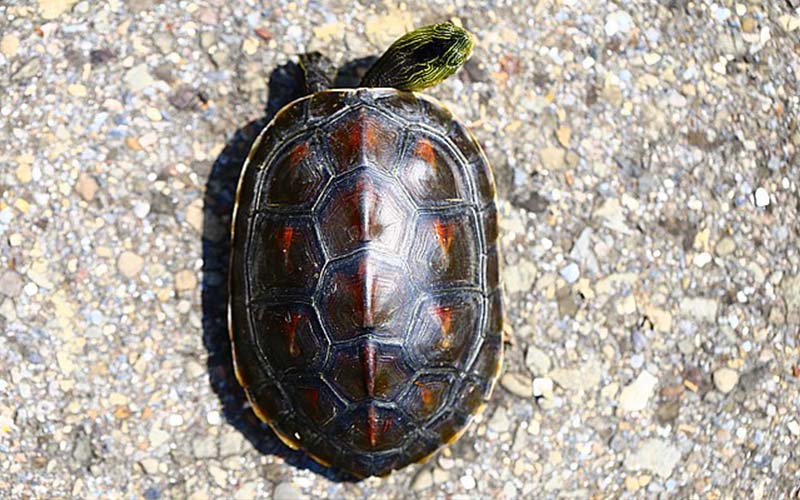
Mauremys sinensis
Land invertebrates
Known land invertebrate species number 26, including fire flies and butterflies. The park area once had a large population of Pyrocoelia analis Fabricius but human activity has reduced the number dramatically and they are now seldom seen.
Plants
According to some investigations, there are some rare mangrove, psammophyte and halophyte species in the area. With positive environment conservation in recent years, the result for plant restoration has been showed. The following are some brief introduction for the vegetation and the most distinctive mangrove forests in the area.
The park is home to a large number of plant species. In recent years plant restoration work has been a success. The types of vegetation and most distinctive mangrove forests are:
Coastal windbreak forest
There are belt-type windbreak forests from the coastal border of Zengwun estuary to the north of Erren estuary, consisted of beefwood (Casuarina equisetifolia) and Cuban bast (Hibiscus tiliaceus.) The windbreak forest area was once more than 600 hectares but decreased to 300 hectares due to the road-building and land salination, and it has been under restoration process.
This kind of forest is made up of a variety of woody plants and herbs.Woody plants include Common latana(Lantana camara),Thatch Pandanus (Pandanus odoratissimus L. f. var. sinensis), Large Calyx Breynia (Breynia accrescens) etc while herbs include Achyranthes aspera L., black nightshade, Hairy Passifolra. (Passiflora foetida L. var. hispida (DC. ex Triana & Planch.) Killip. )
Psammophyte and Halophyte
Psammophyte and halophyte are those plants that can adapt to the seashore environment conditions, such as strong wind, heavy sunlight, little rainfall, high evaporation, high salination and infertile soil. Plants commonly seen growing in this type of ground in the park include sea horse vine morning glory, sea purslane, Paspalum vaginatum Sw, woolly grass, Coastal Waterhyssop and Seaside Clerodendrum.
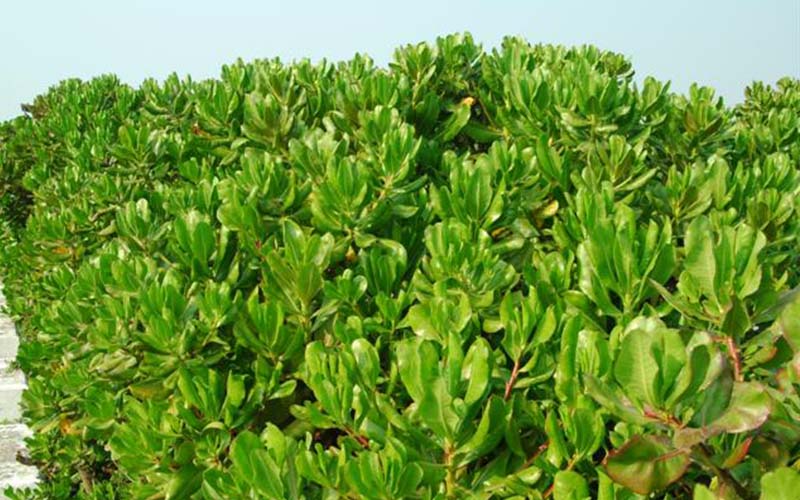
Beach Naupaka
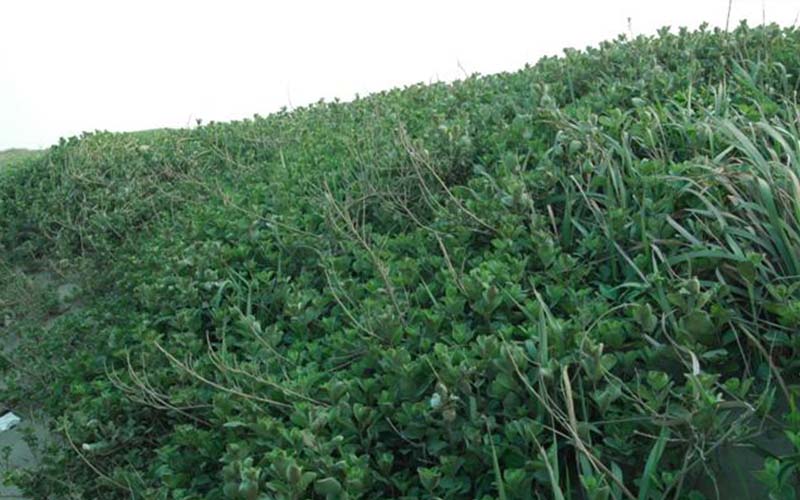
Simple-leaf chaste tree
Plants around fish ponds
The most numerous plants that grow close to the water is Paspalum vaginatum Sw;of the plants that grow further up the bank Achyranthes aspera and white popinac (Leucaena leucocephala (Lam.) de Wit) are the most common, with Ipomoea pes-caprae, Hairy Passifolra (Passiflora foetida L. var. hispida (DC. ex Triana & Planch.) Killip. ), Vernonia cinerea (L.)Less., Large Smooth Ixeris (Ixeridium laevigatum (Blume) J. H. Pak & Kawano) are also seen.
Mangrove
There is a large area of mangrove forest stretching from Yanshui Estuary to Sea View Bridge. There is also a Mangrove reserve next to Dazhong Temple. It has four species of mangroves -- Rhizophora stylosa, Lumnitzera racemosa、white mangrove and Kandelia candel(L.) Druce and is known as the oldest mangrove forest in Taiwan.
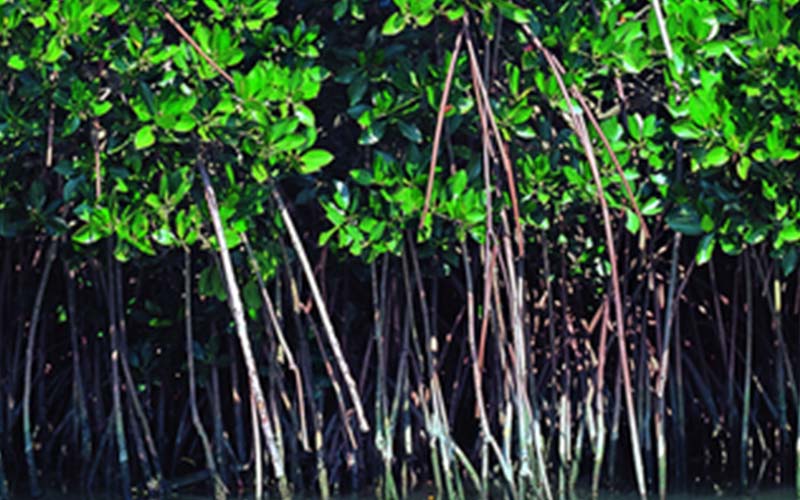
Rhizophora stylosa
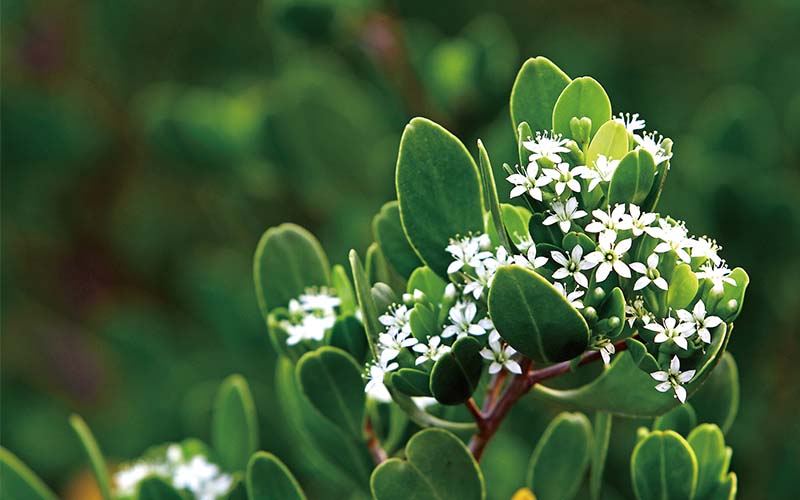
Lumnitzera racemosa